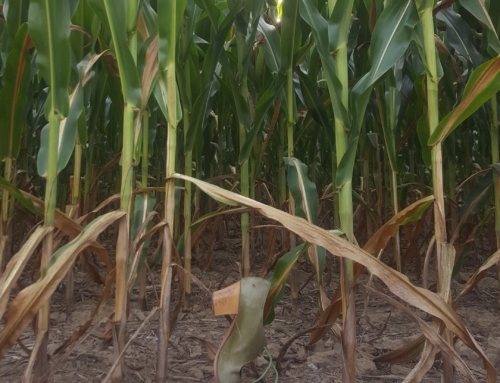Fandangos Flamencos
I used to think fandangos was a lesser rhythm in flamenco since I preferred the heavier palos like seguiriya and soleá. But I’ve come to love fandangos, and it is a rhythm with many variations, and when sung by a great singer, it can be a deep and profound song, but it’s taken me a while to realize the depth of fandangos, and I’ve only just begun….
| “gitanos bailando fandangos” http://www.flamencoentusmanos.es/es/cursos-de-guitarra-online-fandango-instrumental.html |
The first time I danced fandangos was at a flamenco fashion show/performance at the Santa Fe folk art museum. At the time I was a soloist with Alma Flamenca, and Eva Encinias was our cantaora that day. Each of us had on a different dress, and came out and danced a short piece to a different palo. I was next up, and she announced the next dancer would be dancing por fandangos. I’d never danced fandangos before. Ever. The children’s company at the National Institute of Flamenco had a choreography por fandangos that I had seen several times, but I didn’t know the structure or much about the dance at all. But I walked on stage and danced, the music carried me into the end of the dance where it finished por bulerias.
The second time I performed por fandangos wasn’t so different. I was working in New York, and the guitarist I was working with regularly wanted me to perform a fandango, but I’d still never learned a one. I kept saying I’d choreograph one. But mostly I was putting it off; I couldn’t find any videos of dances and I still didn’t know the structure. But one day he decided I was just going to have to dance fandangos, so I did. I improvised the whole thing….it didn’t turn out too bad. I started dancing fandangos regularly, and grew to like it.
When fandangos is sung well, it can be a cante grande, which means it is one of the more solemn genres. However, many people consider that it is not the palo, but the singer who makes a song grande or chico. A cante chico is the genre of flamenco that is lighter and does not require a grand voice. As Rafael Belmonte García explained in a series of lectures at the University of Sevilla in 1969, “…tampoco hay cante grande ni cante chico, porque un cante grande en la voz de un cantaor chico nunca será cante grande, y un cante chico en la voz de un cantaor grande siempre será cante grande.” (there is no such thing as cante grande or cante chico, because a grand song in the voice of a lesser singer will never be a grand song, and a light-hearted song in the voice of a grand singer will always be cante grande).
Paco Toronjo is known as a master of fandangos. In my opinion his fandangos are cantes grandes. Here is a video of him singing:
A little more about the history of fandangos:
Ángel Álvarez Caballero writes that it is generally accepted that fandangos are arabic in origin, and spread throughout all of the Iberian Peninsula. These moorish fandangos eventually evolved into many of the folk dances throughout Spain (for those of you who don’t know, Spain is home to many varieties of folk music other than flamenco, including the jota, boleros, muñeiras, among others.) The overall flamenco genre of fandangos encompasses a whole variety of rhtyms, and regional variations within those. Take a look at this flamenco tree, and how much of it branches from fandangos:
| Unfortunately I have no idea what book this came from to cite it, I’ve had it saved on my computer forever…. |





Leave A Comment